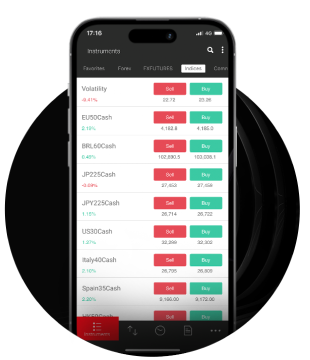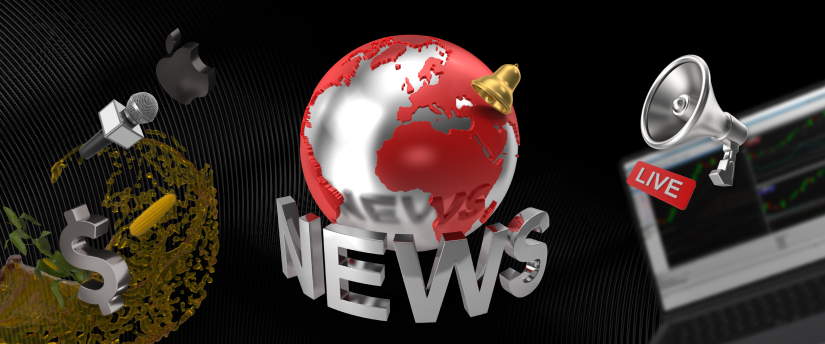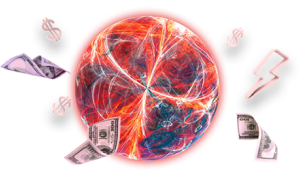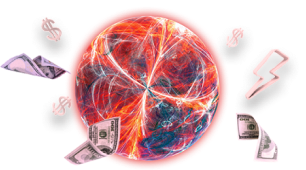For nearly as long as the artificial intelligence (AI) boom has been in full swing, many have warned of a speculative bubble that could rival the dot-com craze of the late 1990s which ended in a dramatic crash and widespread bankruptcies.
However, never before has so much money been invested in a technology whose profitability is still uncertain.
Warning signs for AI spending
When Sam Altman, the chief executive of ChatGPT maker OpenAI, unveiled a $500 billion AI infrastructure plan called Stargate at the White House in January, the price tag raised eyebrows. Since then, tech rivals such as Meta’s Mark Zuckerberg have boosted their own investments, pledging hundreds of billions for new data centres. Not to be outdone, Altman later said OpenAI expects to spend “trillions” on AI infrastructure.
To fund these ambitious plans, OpenAI has secured up to $100 billion in investment from Nvidia and may also turn to debt financing instead of relying on partners such as Microsoft and Oracle. Other tech giants are also using debt to fund spending: Meta has borrowed $26 billion for a massive data centre complex in Louisiana, while JPMorgan Chase & Co. and Mitsubishi UFJ Financial Group are leading a $22 billion loan for Vantage Data Centers’ plan to build a massive data-centre campus.
Will the AI boom pay off?
By 2030, AI companies will need $2 trillion in combined annual revenue to support the computing power needed to meet projected demand, according to a September report from Bain & Co. However, Bain forecasts that their revenues are likely to fall short by $800 billion.
The numbers being thrown around are so extreme that they’re hard to understand,” said David Einhorn. He is a prominent hedge fund manager and the founder of Greenlight Capital.
“I’m sure it’s not zero, but there’s a reasonable chance that a tremendous amount of capital destruction is going to come through this cycle.”
Concerns about technology
In August, Massachusetts Institute of Technology researchers reported that 95% of organisations saw no return on their investment in AI initiatives, while Harvard and Stanford suggested employees are using AI to create “workslop,” – AI generated content that looks like good work but fails to meaningfully advance tasks.
The promise of AI has long been to help streamline tasks and boost productivity. This makes it highly valuable to both workers and corporations.
Instead, Harvard and Stanford researchers found that widespread workslop can be costly. It could cost large organisations millions of dollars a year in lost productivity.
AI developers have for years relied on scaling laws, the idea that more computing power, data and larger models will drive progress in the power of AI.
Eventually, they say, these advances will lead to artificial general intelligence. This form of technology would be so sophisticated that it matches or even surpasses humans in most tasks.
The industry also faces growing competition from China, where low-cost AI models are flooding the market. While US firms are generally still viewed as ahead in the race, the Chinese alternatives risk undercutting Silicon Valley on price in certain markets, making it harder to recoup massive infrastructure investment.
There’s also a risk tied to the rapid expansion of AI data centres, which require massive amounts of electricity. This growth could be limited by the strain on national power grids.
Industry response
Sam Altman, the face of the current AI boom, has repeatedly warned of a potential bubble. Despite this, he remains optimistic about the technology’s future.
Altman and other tech leaders remain confident in the path toward AGI, with some suggesting it could be closer than sceptics think. “Developing superintelligence is now in sight,” Zuckerberg wrote in July, referring to an even more powerful form of AI his company is aiming for.
Research shows AI is already impacting work. In September, an Anthropic report found that approximately 75% of companies use Claude to automate work. OpenAI also introduced GDPval, a new evaluation system that measures the performance of AI models across dozens of occupations.
How much will customers eventually be willing to pay for these services? Developers hope that as AI models improve and handle increasingly complex tasks, demand will grow. They believe businesses and individuals will be willing to spend much more to access the technology.
I want the door open to everything,” OpenAI CFO Sarah Friar said in late 2024. She was responding to reports of a potential $2,000 monthly subscription for the company’s AI products.
“If it’s helping me move about the world with literally a Ph.D.-level assistant for anything that I’m doing, there are certainly cases where that would make all the sense in the world.”
Why markets bubble
Bubbles occur when market values increase to levels that aren’t supported by the underlying fundamentals. They usually end with a sharp selloff – the so-called pop.
Some feared an AI bubble had already popped in late January, when China’s DeepSeek released a low-cost competitive AI model, triggering a trillion-dollar selloff of technology shares and a 17% one-day drop in Nvidia shares. Despite this, Silicon Valley pressed on with massive AI investments. By September, Nvidia shares had bounced back to record highs. They surpassed $4 trillion in value, reclaiming the company’s place as the world’s most valuable.
Lessons from the dot-com era
Like today’s AI boom, the companies at the centre of the dot-com frenzy attracted massive investor capital, often relying on metrics like website traffic rather than profitability. Many had flawed business models and inflated revenue projections. Telecommunication companies built fibre-optic networks only to find insufficient demand. When the bubble burst in 2001, many companies were liquidated, while others were acquired by stronger rivals at knocked-down prices.
Venture capital investors have been courting AI startups with private jets, box seats and big checks. Many AI startups tout recurring revenue as a growth metric, but there are doubts as to how sustainable or predictable those projections are, especially for younger businesses.
AI Boom or Bubble? Lessons from the Dot-Com Era
“I think there’s a lot of parallels to the internet bubble,” said Bret Taylor, OpenAI’s chairman and the CEO of Sierra, an AI startup valued at $10 billion. Like the dot-com era, many high-flying companies will almost certainly fail. With technical analysis, traders can determine potential entry and exit levels and manage risk through support and resistance zones. They can also time their trades more efficiently than if they relied solely on fundamental factors.
“It is both true that AI will transform the economy, and I think it will, like the internet, create huge amounts of economic value in the future,” Taylor said. “I think we’re also in a bubble, and a lot of people will lose a lot of money.”
Market watchers note some key differences, starting with the stability of the biggest players that are at the forefront of the trend. Most of the “Magnificent Seven” group of US tech companies are long-established giants driving much of the S&P 500’s earnings growth. These firms boast massive revenue streams and large stockpiles of cash. Despite scepticism, AI adoption has surged. OpenAI’s ChatGPT has about 700 million weekly users, making it one of the fastest growing consumer products ever. OpenAI previously forecast revenue to more than triple in 2025 to $12.7 billion. Though it does not expect to be cash-flow positive until late this decade, a recent deal to help employees sell shares gave it an implied valuation of $500 billion, making it the most valuable company in the world yet to turn a profit.
면책 조항: 본 자료는 투자 권유가 아니며 정보 전달의 목적이므로 참조만 하시기 바랍니다. IronFX는 본 자료 내에서 제 3자가 이용하거나 링크를 연결한 데이터 또는 정보에 대해 책임이 없습니다.
















